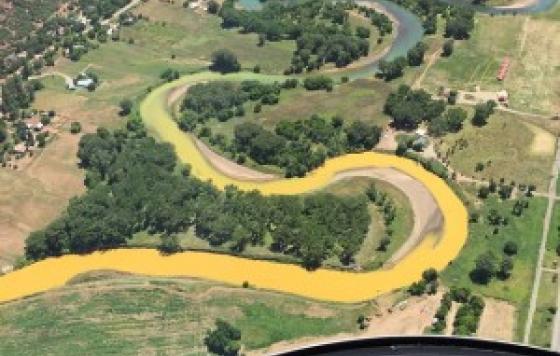By Jennifer Clary, California Program Manager
The California Legislature ended its 2014 session on Friday evening by adopting the first comprehensive groundwater regulation in the state’s 164-year history. SB 1168 (Pavley) and AB 1739 (Dickinson) provide a framework for managing the state’s groundwater basins that will require management plans and potentially pumping limits in the state’s most heavily used basins.
There’s an old adage that says “water flows to money.” That is definitely the case with groundwater, as large cities, irrigation districts and corporate agriculture can afford to drill wells ever deeper to capture dwindling groundwater supplies. The current drought, now in its third year, has brought this inequity to the forefront as groundwater levels have dropped precipitously in some parts of the state, causing groundwater-fed streams and small domestic wells to go dry. This means small farmers are losing their water supply to neighbors with a deeper well and more powerful pump.
Governor Brown called for groundwater management and regulation in his Water Action Plan, published in late 2013. His call was echoed by environmental and environmental justice organizations like Clean Water Action. We were also joined by water agencies around the state concerned that their long-term water supplies were being compromised by over-pumping.
The bills
- Classify the state’s basins as medium or high priority, so only those that are or may be impacted by overpumping are required to develop plans. About 120 basins – a quarter of the basins in the state – meet this requirement. The bill also establishes a process for updating the priorities to ensure that basins that should be regulated can be added to the list.
- Require that local groundwater management entities be established within 2 years and that those entities develop a groundwater management plan by 2022 (or 2020 for severely overdrafted basins)
- Authorize local management entities to measure and if necessary limit groundwater pumping
- Provide for state intervention if local entities fail to meet any of their requirements.
Related Posts
Stay Informed
Get the latest updates and actions:
Thanks for signing up!
There was a problem processing your signup. Please try again.


